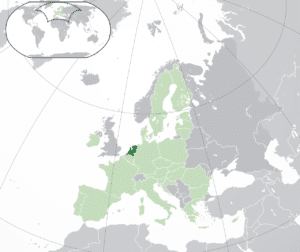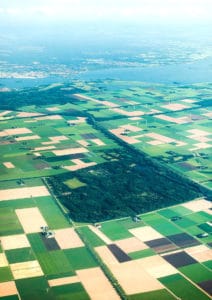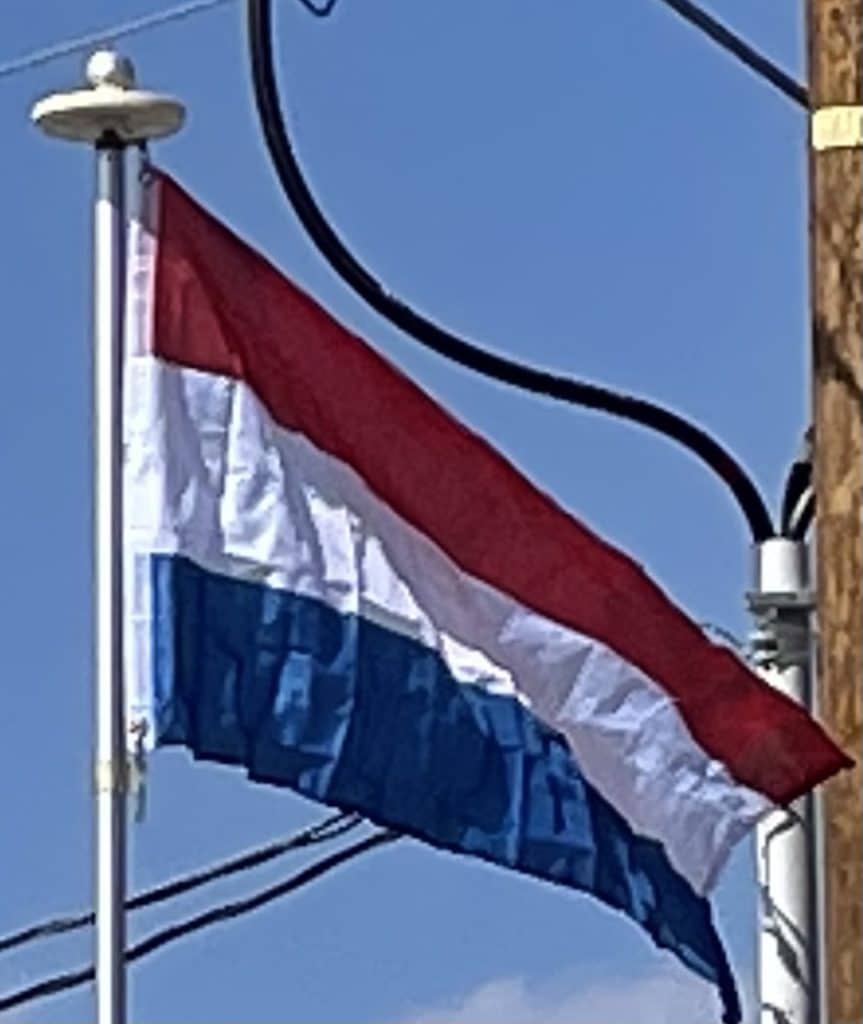Introduction:
The Netherlands, informally Holland, is a country primarily located in Western Europe and partly in the Caribbean. It is the largest of four constituent countries of the Kingdom of the Netherlands. In Europe, the Netherlands consists of twelve provinces, bordering Germany to the east, Belgium to the south, and the North Sea to the northwest, with maritime borders in the North Sea with those countries and the United Kingdom. In the Caribbean, it consists of three special municipalities: the islands of Bonaire, Sint Eustatius and Saba. The country’s official language is Dutch, with West Frisian as a secondary official language in the province of Friesland, and English and Papiamento as secondary official languages in the Caribbean Netherlands. Dutch Low Saxon and Limburgish are recognized regional languages (spoken in the east and southeast respectively), while Sinte Romani and Yiddish are recognized non-territorial languages.

The four largest cities in the Netherlands are Amsterdam, Rotterdam, The Hague and Utrecht. Amsterdam is the country’s most populous city and nominal capital, while The Hague holds the seat of the States General, Cabinet and Supreme Court. The Port of Rotterdam is the busiest seaport in Europe, and the busiest in any country outside East Asia and Southeast Asia, behind only China and Singapore. Amsterdam Airport Schiphol is the busiest airport in the Netherlands, and the third busiest in Europe. The country is a founding member of the EU, Eurozone, G10, NATO, OECD and WTO, as well as a part of the Schengen Area and the trilateral Benelux Union. It hosts several intergovernmental organizations and international courts, many of which are centered in The Hague, which is consequently dubbed ‘the world’s legal capital’.
Netherlands literally means “lower countries” in reference to its low elevation and flat topography, with only about 50% of its land exceeding 1 meter (3 ft 3 in) above sea level, and nearly 26% falling below sea level. Most of the areas below sea level, known as polders, are the result of land reclamation that began in the 14th century. With a population of 17.4 million people, all living within a total area of roughly 41,800 square kilometers (16,100 sq mi)—of which the land area is 33,500 square kilometers (12,900 sq mi)—the Netherlands is the 12th most densely populated country in the world and the 2nd most densely populated country in the European Union, with a density of 521 per square kilometer (1,350/sq mi). Nevertheless, it is the world’s second-largest exporter of food and agricultural products, owing to its fertile soil, mild climate, intensive agriculture and inventiveness.

The Netherlands has been a parliamentary constitutional monarchy with a unitary structure since 1848. The country has a tradition of pillarization and a long record of social tolerance, having legalized abortion, prostitution and human euthanasia, along with maintaining a liberal drug policy. The Netherlands abolished the death penalty in Civil Law in 1870, though it was not completely removed until a new constitution was approved in 1983. The Netherlands allowed women’s suffrage in 1919, before becoming the world’s first country to legalize same-sex marriage in 2001. Its mixed-market advanced economy had the eleventh-highest per capita income globally. The Netherlands ranks among the highest in international indexes of press freedom, economic freedom, human development and quality of life, as well as happiness. In 2019, it ranked tenth on the human development index and fifth on the 2019 World Happiness Index.
History:
Prehistory (before 800 BC):
The prehistory of the area that is now the Netherlands was largely shaped by the sea and the rivers that constantly shifted the low-lying geography. The oldest human (Neanderthal) traces were found in higher soils, near Maastricht, from what is believed to be about 250,000 years ago.
